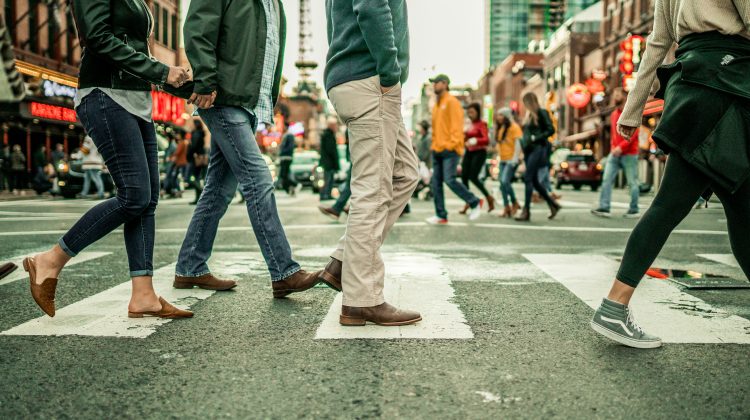Like most sports, horseback riding can be a fun and exciting activity, as well as a dangerous one. Horses are prey animals, so they can spook easily and act unpredictably, potentially leading to serious injury.
It’s not out of the ordinary to get hurt. According to recent studies, there are an estimated 100,000 horseback riding related injuries in the United States per year.
That’s why certain etiquette is crucial to know before going on a ride. Familiarizing yourself with these safety precautions can help minimize the risk of getting hurt.
The Essentials Before You Ride
- Know Where You’re Going: If you’re riding on a trail, look at a map of the location beforehand to avoid getting lost.
- Let Others Know Your Plan: Tell friends and/or family where you’re going and how long you expect to be gone. This way, if you’re not back by a certain time, they can alert local law enforcement.
- Find the Right Horse for Your Experience Level: Not all horses have the same temperament. A beginner should ride a horse known to be well-mannered and forgiving of mistakes. If you are at a place offering lessons, the instructors will know which horses are suitable for beginners.
- Have the Right Gear: Many horseback riding injuries are head injuries, so it’s imperative to wear a helmet. Make sure the helmet says it’s “ASTM/SEI certified.” Wear boots with a small heel to prevent slipping through stirrups. Do not wear loose-fitting clothing while riding.
Ride With Others
If you are a novice horseback rider, do not attempt riding by yourself. Consult a guide to go with you. This will not only help you pick up techniques quicker but allow you to be safer. If you are riding with a guide, ride at the pace set by them and obey all their instructions.
Even as an experienced rider, one cannot be too safe. Find a friend to join you. It’s also recommended to bring a phone or radio with you in case you become separated.
Horses can pick up on the energy of the rider as well as other horses. Having the most experienced horse leading at the front of your group will help the horses in back feel more relaxed.
Keep at least one horse length between you and other horses to prevent kicking. Do not suddenly cut in front of other horses or pass them with speed.
How to Handle Your Horse
- Learn how to lead your horse.
- Do not walk behind your horse. This may spook it and cause it to kick you. Approach it from the side close to its shoulder.
- Be aware of your surroundings so you’re ready to respond if you see something that may startle your horse.
- Read these tips on how to calm down an anxious horse.
If your horse gets startled, whether you should dismount or stay on your horse depends on several factors:
- Your riding skill
- How well you know your horse
- How badly the horse is spooked
- The environment you’re riding in
- What caused it
That’s why it’s so essential to ride with an experienced guide who can help direct you.
Injuries Can Still Occur
Even if a rider is experienced and acts responsibly, injuries can still occur due to the unpredictable nature of horses. It’s very common to get bucked off a horse. You can also get kicked, bit, stepped on, or trampled.
If you are injured during a horseback riding accident, there are people you can turn to for help, such as a horseback riding accident lawyer. They can help you determine if someone else is liable for damages and if your medical bills can get covered.




No Comment